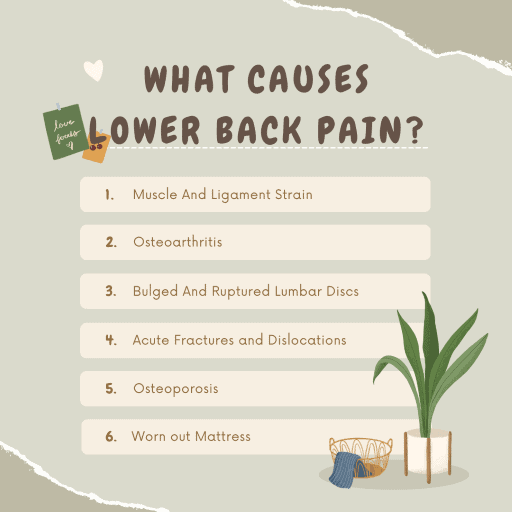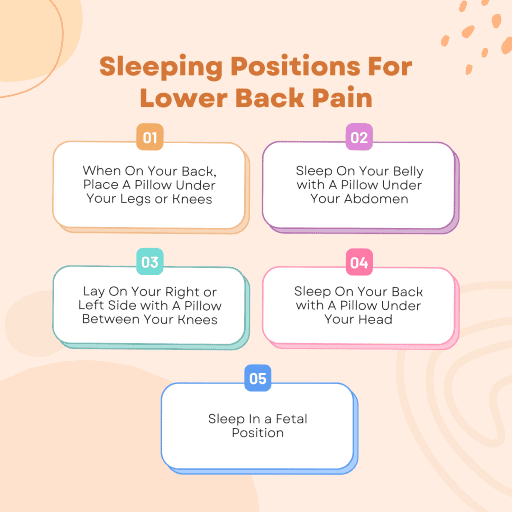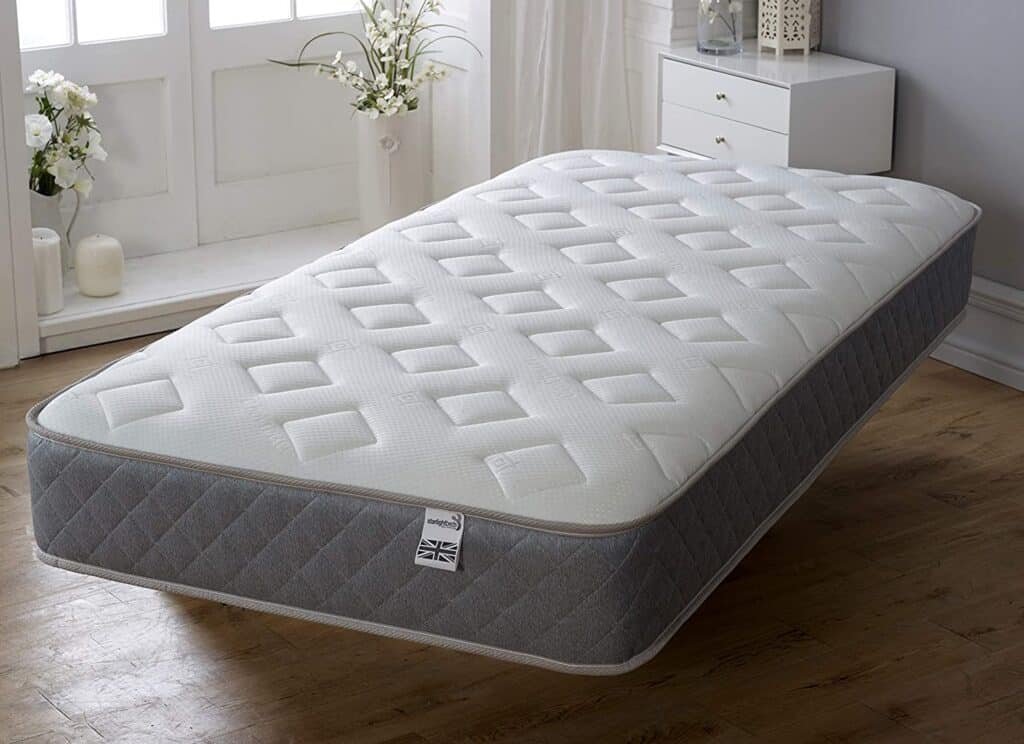How Should I Sleep with Lower Back Pain?
Dealing with lower back pains is not easy. When you experience back pains, you will realise how precious your good health is because of the discomfort and the pain! It is painful to do basic things like bending to pick items off the floor, sitting on a chair, standing, walking, etc. Lower back pains deny people comfortable sleep and, sometimes, more than often, lack of sleep. You must be careful with your sleeping position when suffering from lower back pains. You also need to select the best mattress for your condition carefully. By neglecting these factors, you could heighten the severity of the ailment. This article will help you find peace by discussing the best sleeping postures and mattress types for lower back pains.
What Causes Lower Back Pain?
Studies have been done on the causes of back pain. It is the primary cause of many disabilities worldwide.
The common causes of back pains are:
1. Muscle And Ligament Strain – Muscle and ligament strain is the prevalent cause of back pains. It occurs when the back muscles are overstretched and torn. This damage is caused by twisting the spine when lifting heavy objects, poor sitting and bending positions, and sudden injuries also caused during sporting activities.
2. Osteoarthritis – Osteoarthritis, or degenerative joint disease, is where the joints and facets of the bones wear out, affecting the lower back. It causes painful inflammation and instability of the spine. It could also narrow the spinal canal, which exerts pressure on the spinal cord and nerves that are experienced as severe lower back pain. This disease is associated with ageing.
3. Bulged And Ruptured Lumbar Discs – Lumbar discs are muscular tissues that hold together the individual bones of the spinal cord. The centre of the lumbar disc contains a fluid that may break through the tough layer or bulge out. This affects the nerves, which results in severe pain.
4. Acute Fractures and Dislocations – When the spinal cord suffers fractures and dislocations, the pain felt is what we call lower back pain. Fractures and dislocations are typical of motor vehicle accidents or falling from higher ground.
5. Osteoporosis is a condition whereby bone quality and density degenerate. The bones become so fragile and are prone to breaks and fractures. The spine is among the bones likely to be affected by osteoporosis.

Best Sleeping Positions For Lower Back Pain
When people experience backaches, they look for the best sleeping position that makes them comfortable. However, proper spine alignment is more critical when choosing a sleeping position. This is because some postures are relaxed but imperfect, increasing the severity of the pain and causing stiffness in the back muscles.
These are some ways to get the best spinal alignment postures:
1. When On Your Back, Place A Pillow Under Your Legs or Knees – Some people get some relief when they sleep on their backs. If it works for you, try to place a pillow below your legs or knees. This angle is helpful because it keeps the body’s weight equally distributed. You also achieve the proper spine alignment with other body parts.
2. Sleep On Your Belly with A Pillow Under Your Abdomen – Do you get comfort when sleeping on your stomach? Then you should maintain the posture but with a pillow below your abdomen. It helps to minimise pressure on the discs in your back.
3. Lay On Your Right or Left Side with A Pillow Between Your Knees – If sleeping on your back and your stomach is unbearable, try this out; roll gently to your side and place a pillow between your knees. The pad properly aligns your spine, pelvis, and hips. However, please don’t sleep on one side alone as it would result in a muscle imbalance. Slowly rotate to the other side when you get tired.
4. Sleep On Your Back with A Pillow Under Your Head – If you feel relieved when you recline your back, use a pillow. This posture creates an angle in line with the spine’s natural curve and helps to minimise pressure on the spine.
5. Sleep In a Fetal Position – If none of the suggested postures is not working, try sleeping on your side, tuck-move your legs close to your chest, and then curl in a fetal position. This posture helps prevent the spine from curving outwards, reducing the pressure on the spinal discs. Therefore, the severity of lower back pains that result from capturing or bulging lumbar discs is also reduced.

What Mattress Is Best When Suffering from Lower Back Pain?
If sleeping in these postures worsens your lower back pain, you must check the mattress you use. Is it too firm? Is it too soft? Is it sagging? If you have answered YES, you must consider buying a new mattress. The medium-firm mattress is the type doctors recommend for people with lower back pain.
Why Choose a Medium-Firm Mattress?
Here are a few reasons why a medium-firm mattress can be a good option:
1. It doesn’t feel too firm
2. It provides the adequate support needed when sleeping on your back.
3. If you’re sleeping on your side, you’re less likely to sink, for your body weight is evenly distributed.
4. A medium-firm mattress conforms to your body curvature, so the chances of subjecting your spine to pressure are minimal.
Our best medium-firm mattress guide recommends what we believe to be some of the best five medium-firm mattresses available at the moment. Though nursing lower back pain is not manageable, maintaining a proper sleeping posture and choosing the right type of mattress can reduce pain. Do your best to support a sleeping angle that keeps your spine in a proper alignment. Invest in a medium-firm mattress to relieve pressure on your spine when sleeping. Importantly, seek assistance when the back pain persists and follow your doctor’s advice.



